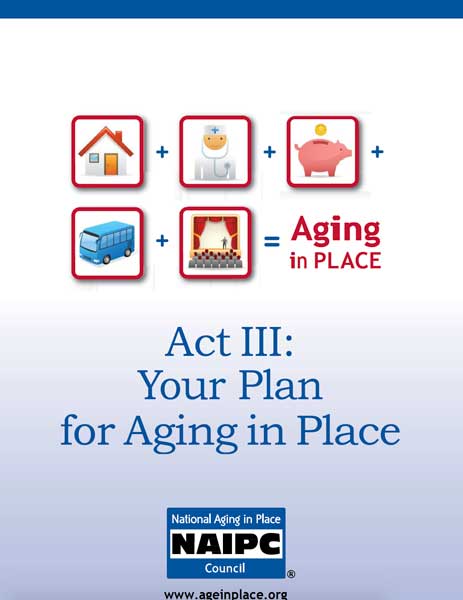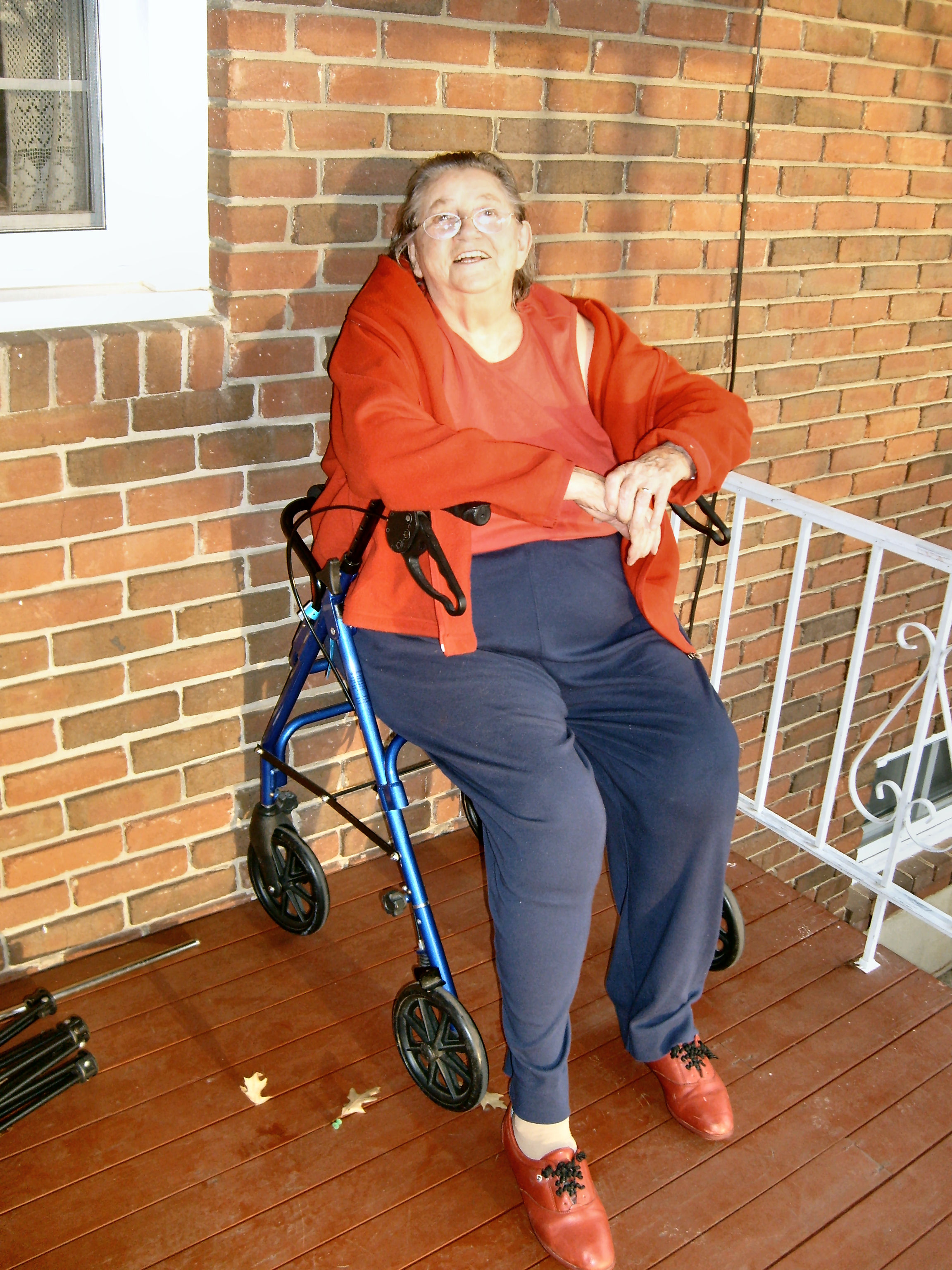Home is where the heart is. We have all heard this saying. It suggests that we are most comfortable in our own homes, surrounded by family, memories, comfort, and the furnishings and items that we hold dear. This has always been the case and numerous studies undertaken over a period of years and decades indicate that most people strongly prefer to remain in their own homes throughout the course of their lives. None of this has changed. What has changed is that with recent developments people have become even more fearful and apprehensive of relocating to any type of congregate living arrangement. This increased apprehension and the growing population of older Americans will fuel the increased demand for Aging in Place products and services. For the past twelve years I have been advocating for the benefits of Aging in Place, providing home modification, and consulting services, and writing and speaking about the other services needed to successfully age in place.
According to the National Aging in Place Council there are five core areas required for successful Aging in Place. These areas are Housing, Healthcare, Personal Finance, Transportation, and Community and Social Interaction. We need a home to Age in Place in. As we grow older often our needs change. These needs can include mobility, sensory, and cognitive challenges. It is important that the homes we live in be built or modified to meet these needs. It is also important that we have access to the healthcare services we need to live quality lives. These services include not only medical care, but nutrition, therapy, and exercise programs as well. We must have the means to pay for housing and healthcare as well as all our other expenses. We must have access to reliable transportation. Often older people reach a point when they can no longer drive safely. Giving up driving not only creates transportation challenges but loss of a sense of independence as well. It is important that alternative transportation sources help to fill in the gap. Finally, social isolation is a problem for many older adults living alone. The ability to interact with others is important, especially to more outgoing people. When all of these factors are in place it makes the ability to live comfortably in the home of your choice throughout your life much safer and more enjoyable.
The real challenge for those of us in the industry is how to deliver services in these five core areas to people that need them in an efficient manner. Often people discover that they need these services suddenly because of a traumatic life event such as a fall. They do not know what services they need much less where to find them. Therefore, I espouse the importance of early planning. If you are interested in a free Aging in Place Planning Guide, please give me a call at 540-556-0650 and I will tell you how to get a copy. This planning guide walks you through a self-assessment of your needs in the five core areas of Aging in Place and helps you to formulate a plan to fill in the gaps. I recommend getting the guide and getting your plan in place before you need it. Decisions made in a crisis are never your best decisions. I believe that we will see many new and innovative delivery models emerge over the next few years. Finally, if you are a professional who works with seniors, I will be teaching Certified Aging in Place Specialist (CAPS) designation classes on June 22-24. Call me at 540-556-0650 for more inform
in Aging in Place
published 06/15/20


